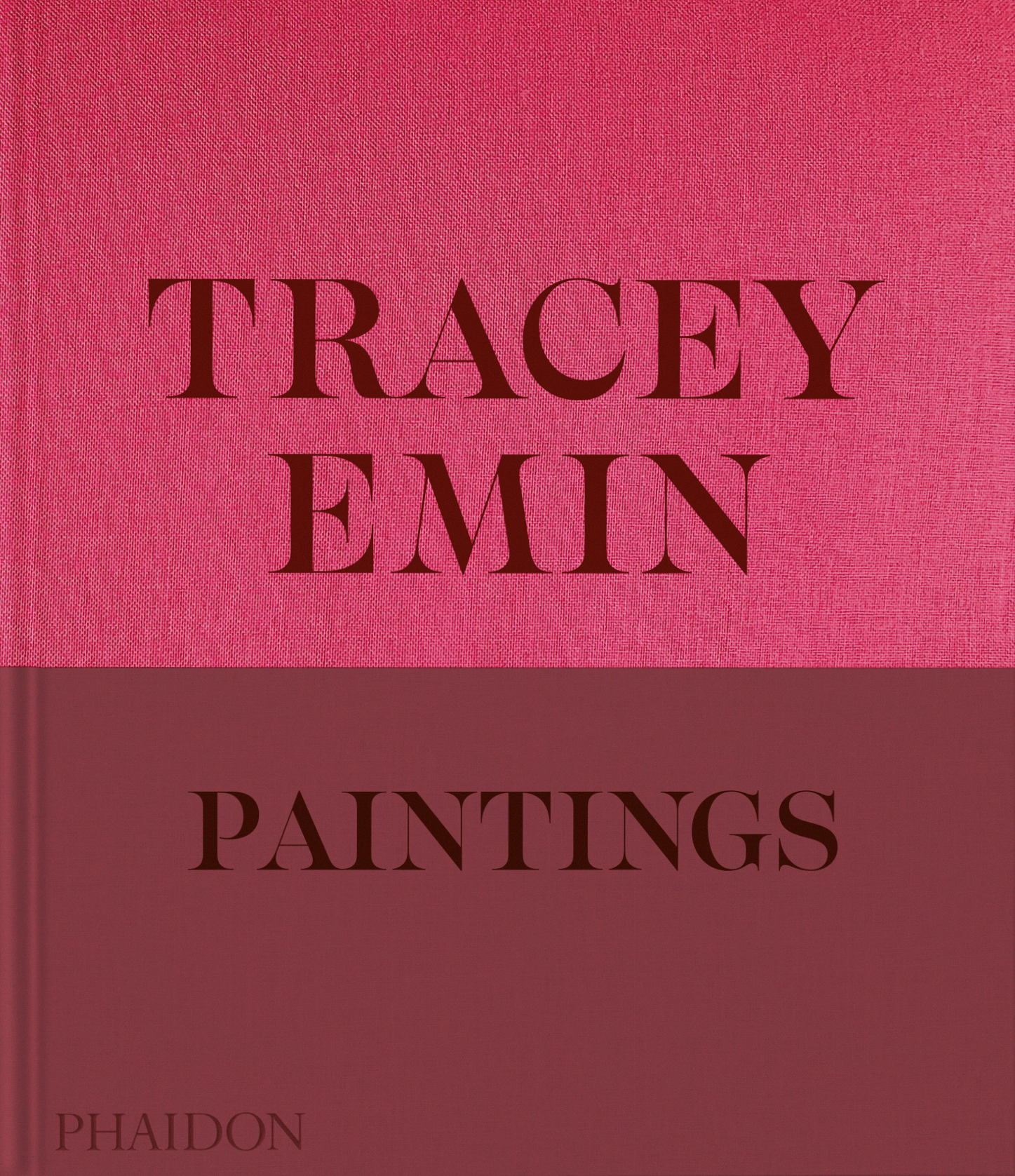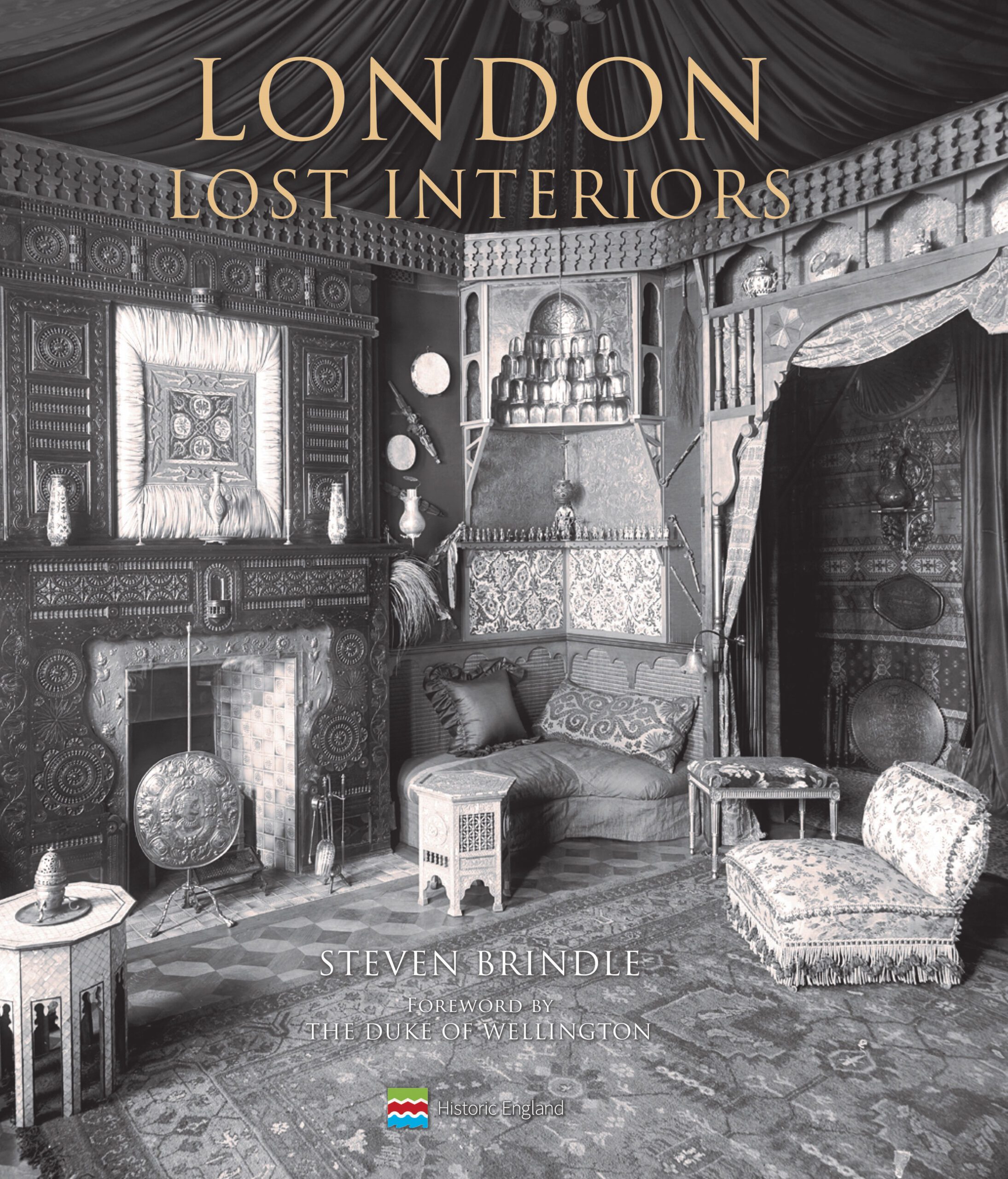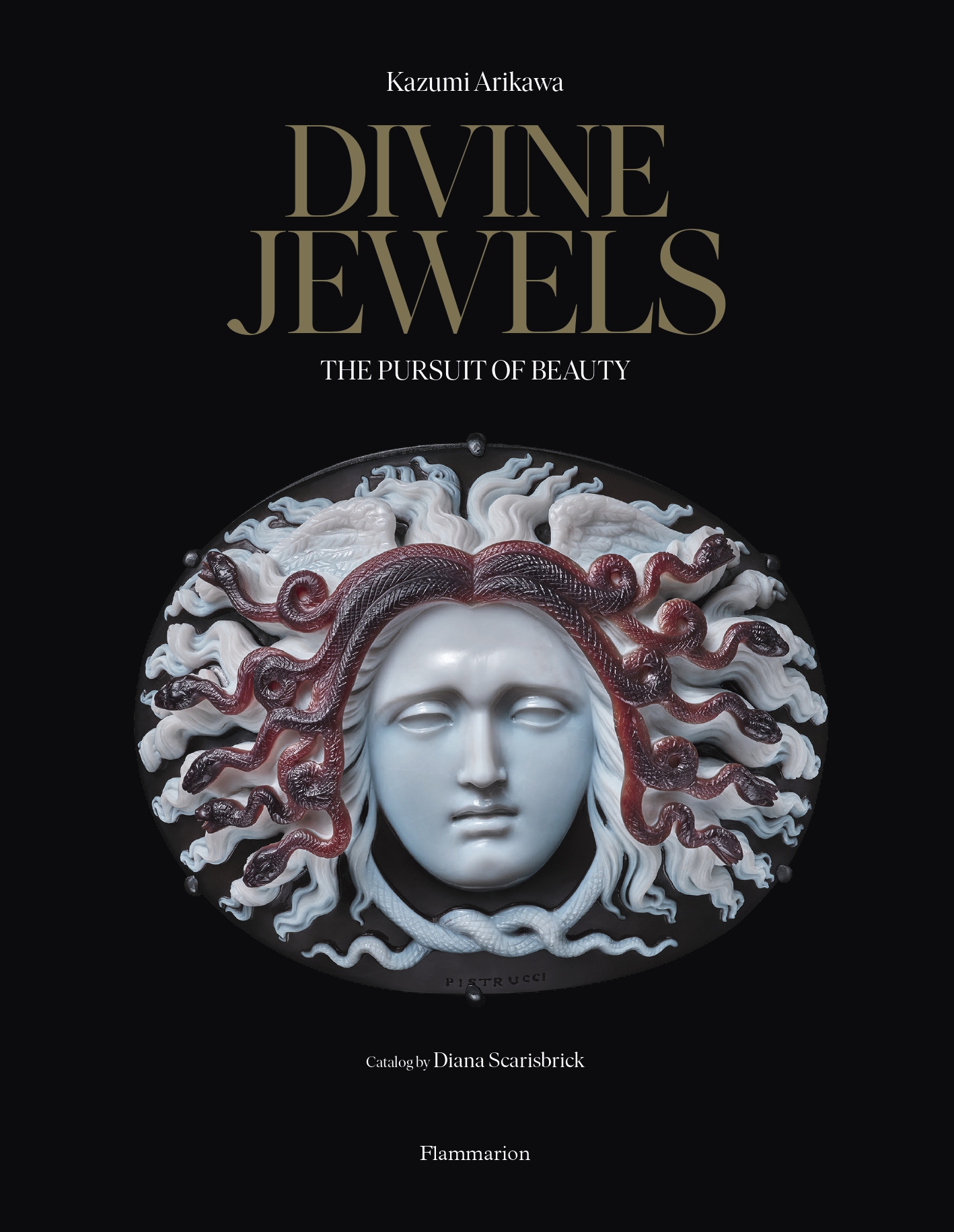Collections are the themes of this month’s coffee-table tomes, from very different parts of the
globe. From Japan, we look at the collection of the world’s biggest collection of tiaras —
owned by a former buddhist monk — and from Los Angeles, a warehouse holding one of the
film world’s greatest racks of costumes. And in the UK, we examine the
collective works from two different kinds of artists: the paintings of Tracy Emin and the
interiors of historical houses across London at a time when the city was the richest on earth.
Palace Costume
by Mimi Haddon, Chronicle Chroma, £21.99
Los Angeles may be the city of dreams, but it is also the city of thrifting. And it was at a 1960s “swap meet” that Melody Barnett found a box of Victorian chemises that would launch her career collecting vintage clothing, eventually enabling her to become the chatelaine of Hollywood’s best loved costume-rental emporium, Palace Costume.
It is here that pre-eminent costume designers come to find the outfits that will define the mood of a film or show. Bonnie and Clyde was the first movie to feature outfits from Barnett’s collection, but since then they have been seen on screen in Mad Men, Dynasty, Boogie Nights, Black Panther and hundreds of others. This book is a joyful distillation of the 30,000 sq ft building that houses more than 500,000 items, arranged in carefully curated rooms. Mimi Haddon has taken the photographs and conducted interviews with Barnett as well as the professionals for whom Palace Costume is a first port of call, including the British Oscar-winner Sandy Powell and Mary Zophres, who found the salmon halterneck dress worn by Emma Stone in La La Land here, so beautifully restored that the only thing she needed to adjust was the zip.
To order a copy go to timesbookshop.co.uk. Free UK standard P&P on orders over £25. Special discount available for Times+ members
• Enigmatic, dazzling and fabulous: the faces of Hollywood’s golden age
Advertisement
Tracey Emin Paintings
Phaidon, £79.95

Tracey Emin might be better known for her neons and embroidered pieces, but paint is the medium she loves the best and this is the first monograph dedicated solely to her paintings. After two abortions in 1990 Emin found herself unable to bear the smell of oil paint and turps, and in 1996 spent three weeks locked naked in a gallery in Sweden with only art materials and music to re-engage with her painting practice.
The products of those wild weeks are in this book, which features more than 300 paintings, as well as an essay by the art historian Jennifer Higgie and a conversation between Emin and the artist David Dawson. Emin’s themes are lovers, loneliness, memory, the death of her mother and her treatment for bladder cancer, and her subject is her own body, the site of sex, sleep, dreams and tears. Her themes are vast, extrapolating the universal from the personal. Often Emin will paint over one painting with white gesso, adding another on top, so only she understands the layers of meaning. This is a testament to her skill, humanity and trailblazing creativity.
To order a copy go to timesbookshop.co.uk. Free UK standard P&P on orders over £25. Special discount available for Times+ members
• Tracey Emin: ‘Alcohol wasn’t good for my personality or my work’
London: Lost Interiors
by Steven Brindle, Atlantic, £50
Advertisement

From the arcaded balustrade of London’s last Jacobean mansion, Holland House, to the surreal wallpaper in Cecil Beaton’s Knightsbridge flat, this book explores domestic worlds. Interior design is a “fugitive and fragile art form”, Steven Brindle writes. Fashions change and half the houses featured no longer exist, but a photographic record remains, and this can offer insights into private lives but also wider social change.
The interiors date from 1880 to 1950, when London was the richest city in the world, through the seismic impacts of two world wars. There are aristocratic houses, with their billiards tables and ballrooms, the houses of plutocrats, art collectors, Robert Adam’s austere neoclassical creations, the middle classes with their cluttered living rooms, and devotees of the Arts and Crafts movement. Loo rolls were invented in the 1890s, so a 1904 home with a loo roll holder was very flash. There are also images of devastation, like Holland House, hit by an incendiary bomb in 1940; its ruins now form the backdrop for performances by Opera Holland Park.
To order a copy go to timesbookshop.co.uk. Free UK standard P&P on orders over £25. Special discount available for Times+ members
• Inside a London house that celebrates the best of British talent
Divine Jewels: The Pursuit of Beauty
by Kazumi Arikawa and Diana Scarisbrick, Flammarion, £85

Kazumi Arikawa is a former Buddhist monk who once possessed the world’s largest tiara collection and is the owner of the Albion Art Jewellery Institute in Japan. This book is a curated overview of his gems and those that have passed through his hands (he is a dealer as well as a collector, with private financial backers), spanning pieces from the Mesopotamian period to art deco.
Advertisement
Arikawa believes that a beautiful jewel is a sacred object, combining the earth’s natural bounty with humanity’s artistic talents to create pieces that inspire spiritual awe. And the book is awe-inspiring: close-ups of filigree Hellenistic earrings with microscopic gold beads made over a charcoal fire, a 1515 rock crystal reliquary by Valerio Belli (the Raphael of gem carving), Catherine the Great’s emeralds, Queen Victoria’s coronation earrings, and items by Chaumet, Cartier, Boucheron, Fabergé and the like. Each piece is accompanied by illuminating text by the pre-eminent jewellery historian Diana Scarisbrick. This is serious jewellery for serious people. But also very sparkly.
To order a copy go to timesbookshop.co.uk. Free UK standard P&P on orders over £25. Special discount available for Times+ members
This post was originally published on here







